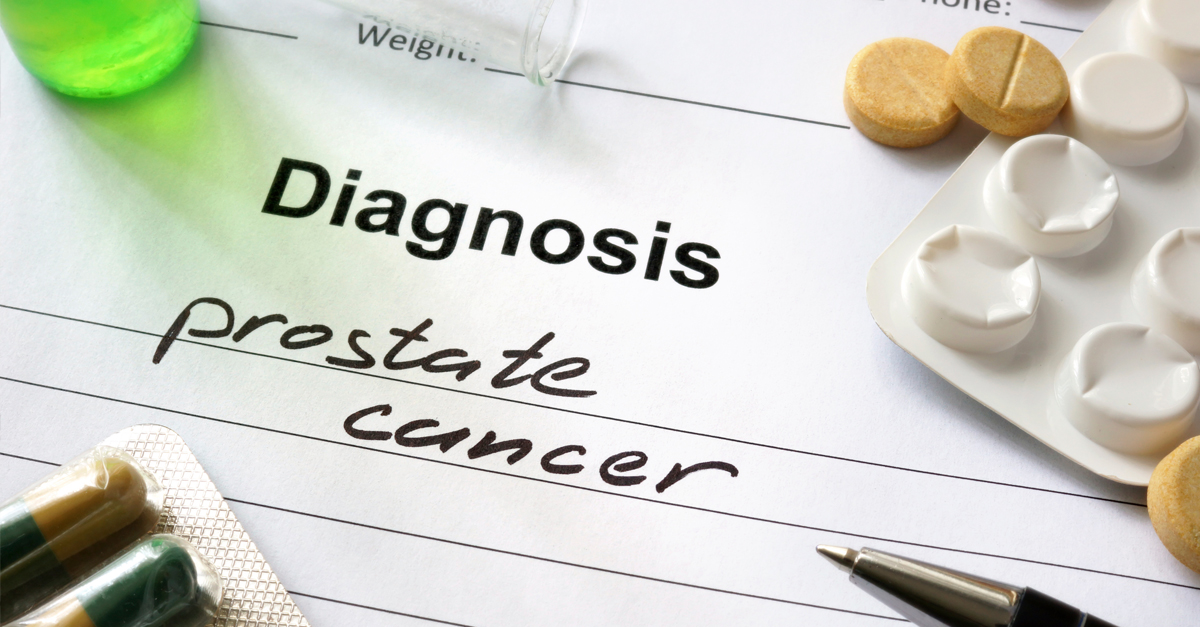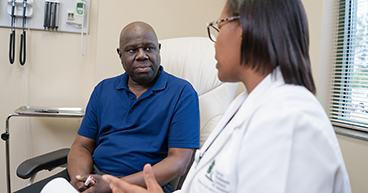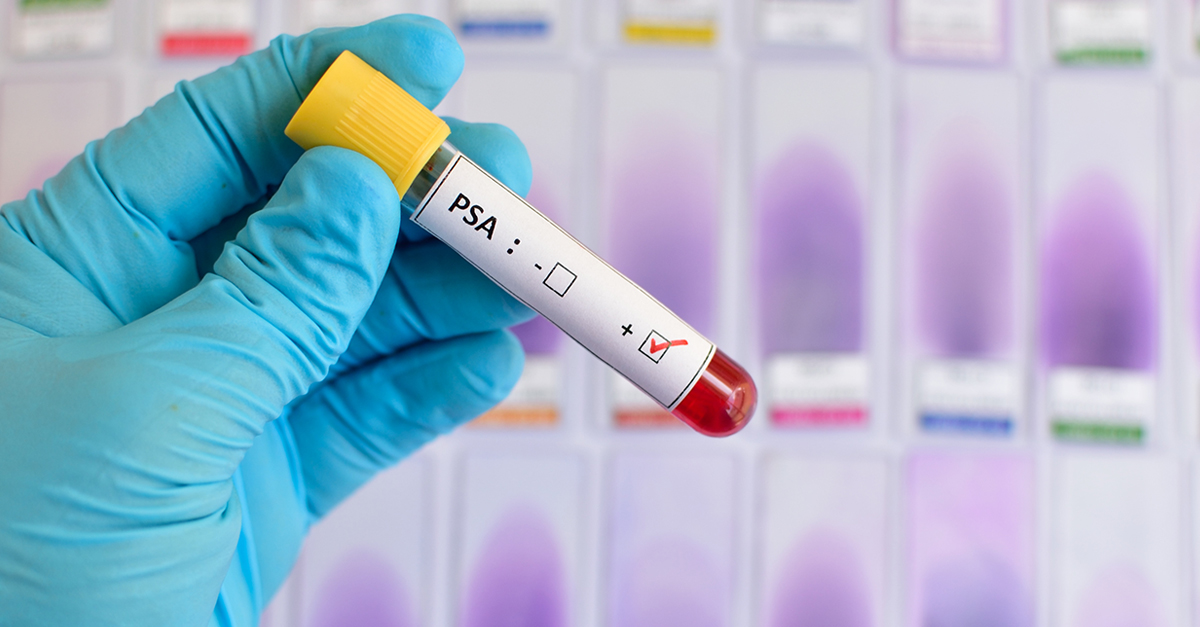
Treatment options range widely, from active surveillance to hormone therapy to surgery, radiation therapy, chemotherapy and immunotherapy. Some treatments may cause adverse side effects, including sexual and intimacy issues, incontinence and pelvic pain. Treatment options have come a long way over the years, learn more about the advances in treatment of prostate cancer.
Why active surveillance?
For some low-risk men, the recommended approach is active surveillance—keeping a watchful eye on the disease and its progression. “I recommend active surveillance for 10-15 percent of my patients,” says Evan Pisick, MD, Medical Oncologist at our Chicago hospital. “Some of them may never need therapy due to low risk of their disease ever progressing, while others may be too sick for therapy.” Active surveillance appeals to some patients because no surgery or hospital stay is required. But it may require frequent follow-ups with the doctor for blood, rectal exams and other tests.
Surgery for prostate cancer is typically an option for men with early -stage disease. The operation to remove the prostate is known as a robotic prostatectomy. Potential short-term side effects include shortening of the penis, leakage of urine from the bladder or stool from the bladder (incontinence). Possible long-term side effects include chronic leakage of urine from the bladder and erectile dysfunction.
Hormone therapy reduces the body’s production of testosterone, which fuels the growth of cancer cells. It comes with a long list of possible short-term side effects, including hot flashes, decreased muscle mass, decreased mental capacity, fatigue, depression, impaired sexual function, loss of libido, nausea, diarrhea, itching, weight gain, mood swings, breast tissue growth and insulin resistance. Over time, some patients may not return to pre-treatment testosterone levels.
Radiation therapy for prostate cancer involves the use of high-energy beams known as external-beam radiation therapy (EBRT) or radioactive seeds called brachytherapy.
“Frequent urination and mild to moderate burning on urination are essentially guaranteed with any form of radiation therapy, including brachytherapy,” says Sean Cavanaugh, MD, Chief of Radiation Oncology at our hospital near Atlanta. “In general, the urinary frequency will be increased a mild amount to moderate amount.”
What are other side effects of EBRT?
Other potential short-term side effects for EBRT include fatigue, urinary leakage, diarrhea and abdominal cramping. Possible long-term side effects include erectile dysfunction, changes in bowel habits, secondary cancers in treated areas and rectal bleeding. Brachytherapy has the short-term potential for pain, urinary retention and blood in the urine. Potential long-term side effects include erectile dysfunction and narrowing of the urethra.
Chemotherapy involves cancer-fighting drugs that are either injected into a vein or given by mouth. Potential short-term side effects include hair loss, mouth sores, loss of appetite, increased risk of infections, easy bruising or bleeding and fatigue. Possible long-term side effects include numbness and tingling, severe allergic reactions and nerve damage.
Immunotherapy is designed to stimulate the body’s own immune system to kill cancer cells. Potential short-term side effects include fever, chills, nausea, vomiting, fatigue, hypertension, increased heart rate, anemia, back pain, dizziness and muscle pain. Most of these side effects are mild to moderate and last one to two days.
For men with prostate cancer, there is no cookie-cutter approach to treatment. That’s why knowing your options and the potential side effects are important. “You’ve got to make the treatment match the patient,” says Dr. Cavanaugh. “Patients deserve numbers; they deserve to know what risk they’re facing and what their quality of life may be like afterwards.”


